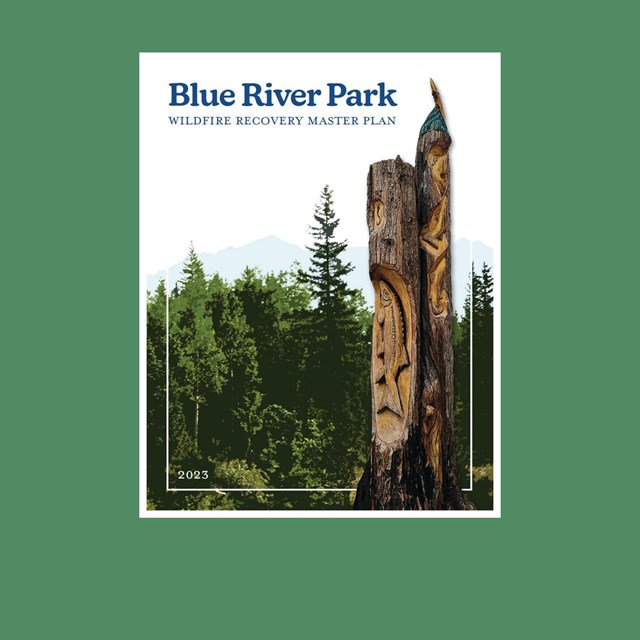
The National Park Service – Rivers, Trails and Conservation Assistance program assists communities in restoring their conservation areas, parks and outdoor recreation resources following a natural disaster. We help communities develop community resiliency strategies to better thrive after severe storms and fires.
As environmental conditions increase the intensity and frequency of hurricanes, floods and wildfires, NPS-RTCA has extended our services to communities who are recovering from natural disasters. In recent years, NPS-RTCA has helped 29 communities across the country in restoring 58 parks and outdoor recreation facilities as well as in evolving community resiliency strategies. NPS-RTCA, in collaboration with the Federal Emergency Management Agency, continues to adapt our recovery work with a focus on sustainability and resiliency.
Today, NPS-RTCA is often asked to assist with conservation projects that help communities better adapt to natural disasters. In the Lower 9th Ward, a neighborhood in New Orleans that was devastated by Hurricane Katrina, NPS-RTCA partnered with the city and the Sankofa Community Development Corporation in transforming a 40-acre vacant site into a wetland park that will improve neighborhood resiliency to heat, flooding and future hurricanes.
The NPS-RTCA model of community assistance is not that of a “traditional consultant” – our projects can take two to four years to complete. NPS-RTCA aligns the planning, design and technical expertise of our staff with the skills and knowledge of community and land management partners to achieve successful conservation, community resilience and outdoor recreation outcomes.
NPS-RTCA natural disaster recovery projects include:
- Evolving community resiliency strategies
- Implementing phytoremediation strategies to remove, contain and control contaminants to improve water quality and protect public health
- Developing county-wide recreation economy strategies around conservation and outdoor recreation
- Planning and designing greenways and parks
- Reassessing destroyed parks and developing master plans to guide restoration efforts that meet the demographic characteristics of a community
- Reestablishing local and regional trail networks
- Developing vegetation plans that use hurricane-resilient and water-absorbing plants and trees
- Engaging communities in the development of natural disaster recovery plans
- Facilitating regional tourism strategies
Hurricane Recovery in Collaboration with FEMA
-
 North Lake Charles
North Lake CharlesConnecting communities to nature and creating access to affordable and healthy foods in North Lake Charles, LA.
-
 Cameron Parish, LA: Revisioning Project
Cameron Parish, LA: Revisioning ProjectAfter the hurricanes of 2020, NPS-RTCA developed outdoor recreation and nature-based tourism recommendations, in collaboration with FEMA.
-
 DeRidder, LA: West Park Master Plan
DeRidder, LA: West Park Master PlanRestoring and improving West Park in DeRidder, LA after the hurricanes of 2020.
-
 Calcasieu Parish Facilities Inventory
Calcasieu Parish Facilities InventoryA post-hurricane effort to create a unified, online guide to all park facilities across Calcasieu Parish for easy public access.
-
 Bayou Greenbelt Master Plan
Bayou Greenbelt Master PlanA bold vision to connect waterways, boost recreation, and enhance quality of life in Southwest Louisiana.
Climate Resiliency in New Orleans
Sankofa Wetland Park & Nature TrailWildfire Recovery in Collaboration with FEMA
-
 Blue River Park: Wildfire Recovery Plan
Blue River Park: Wildfire Recovery PlanCollaborating with the McKenzie Valley community and FEMA to restore Blue River Community Park after recent wildfires.
-
 Eagle Rock Wildfire Recovery Plan
Eagle Rock Wildfire Recovery PlanPlanning the revitalization of Eagle Rock Park post-2020 fire, detailing history, issues, and redevelopment recommendations.
Last updated: July 2, 2025
